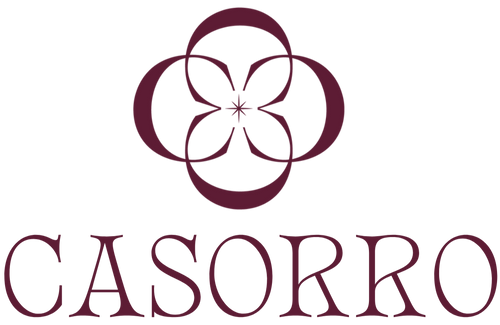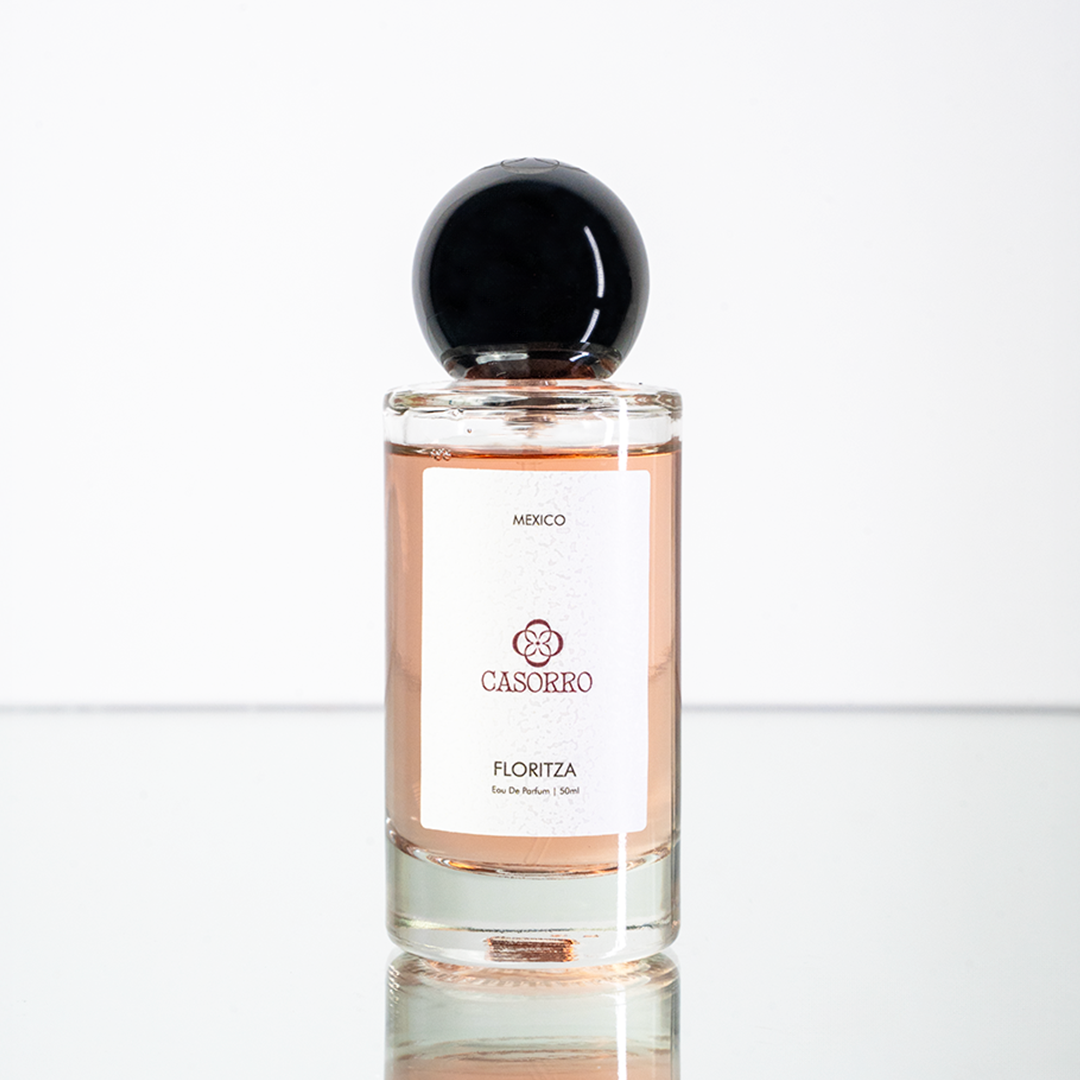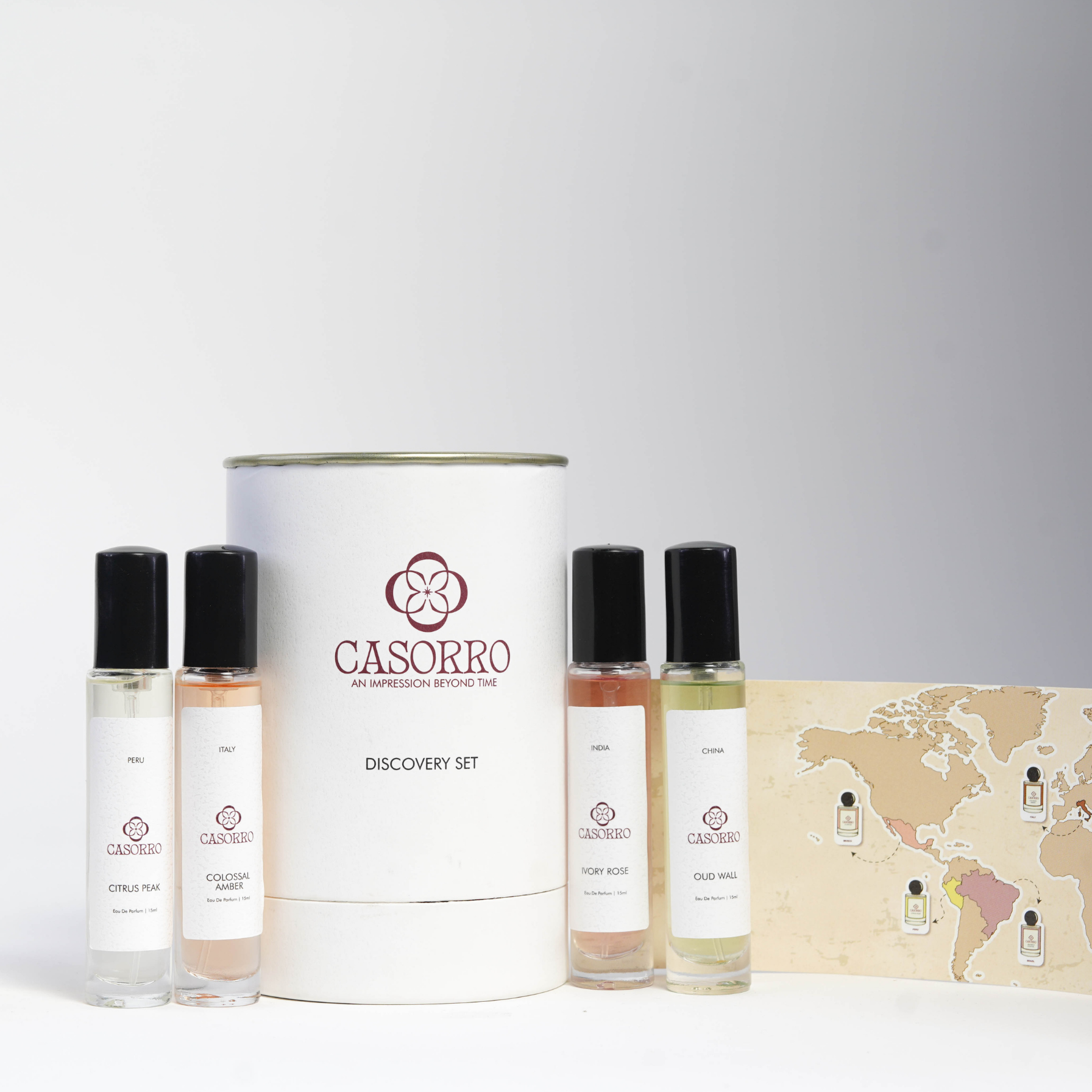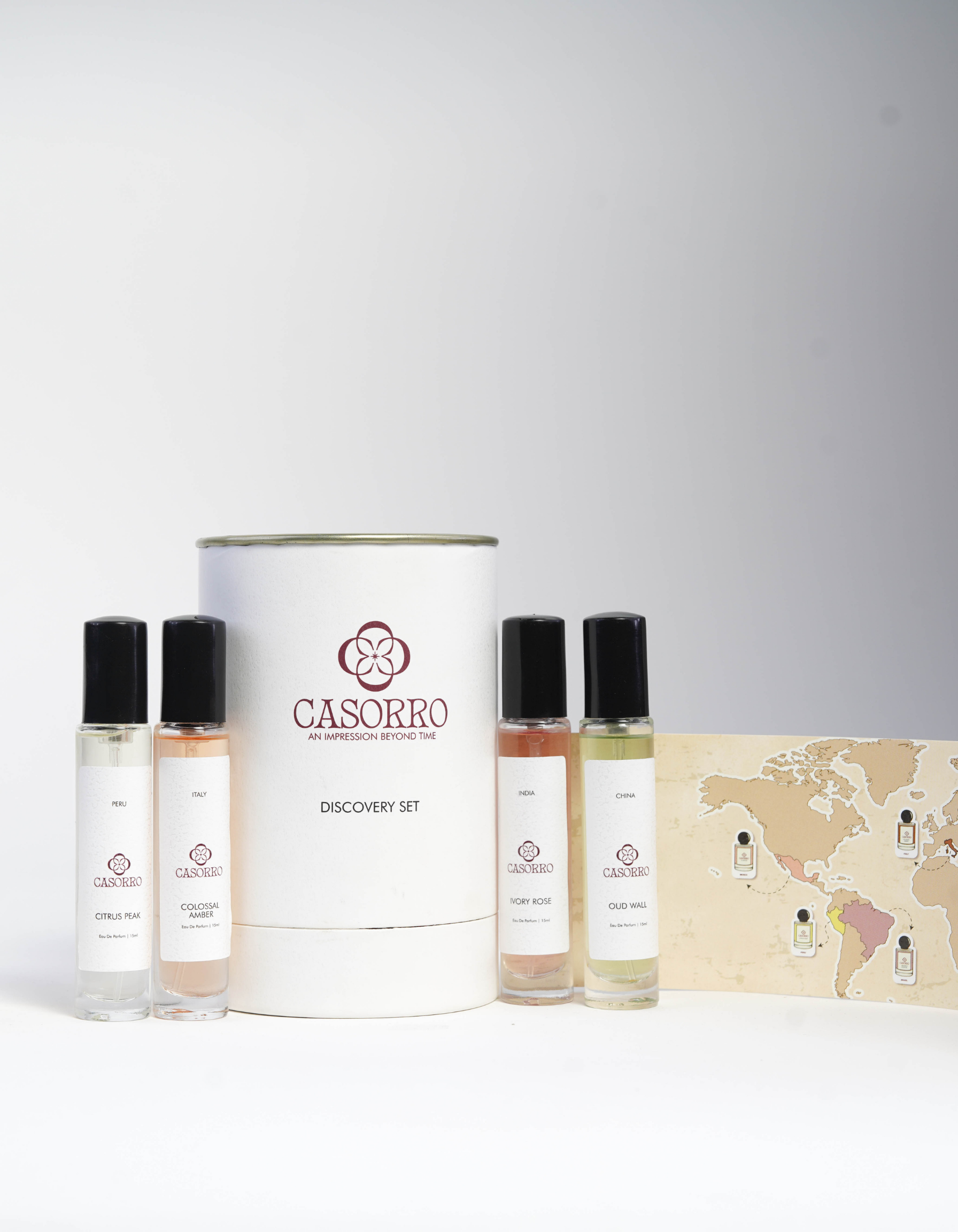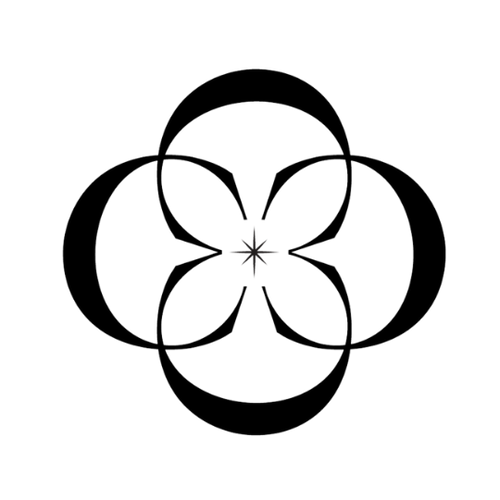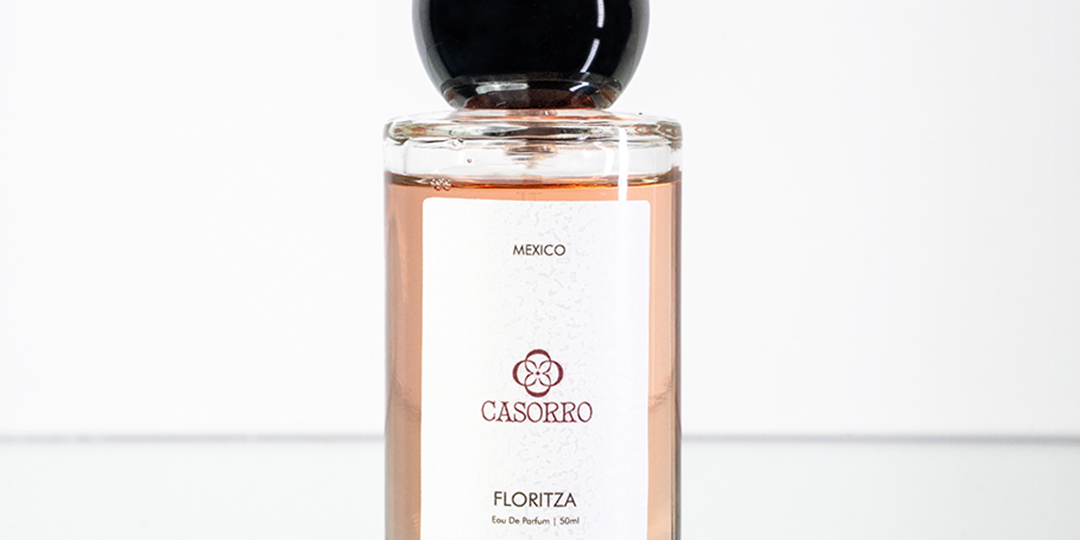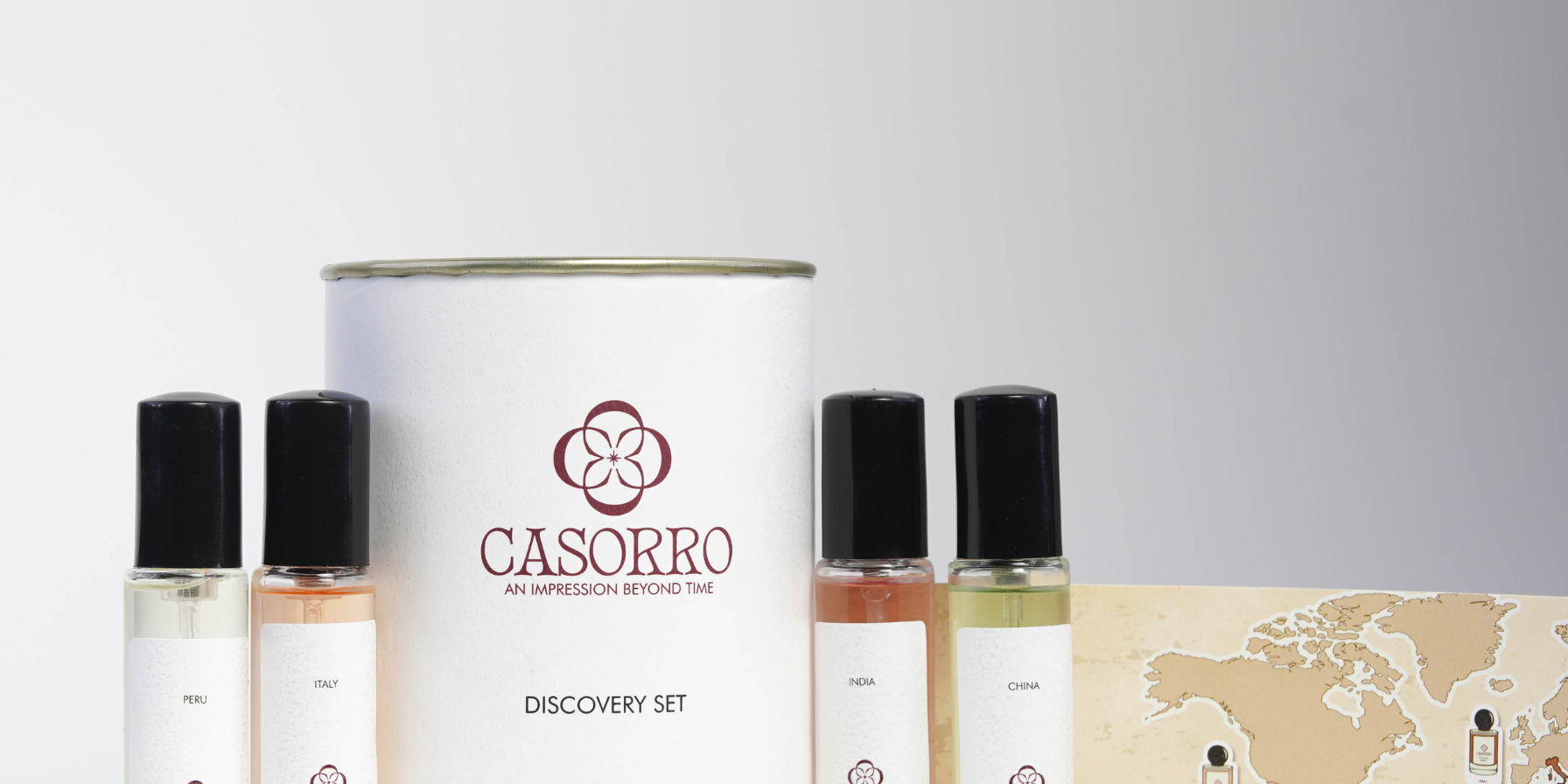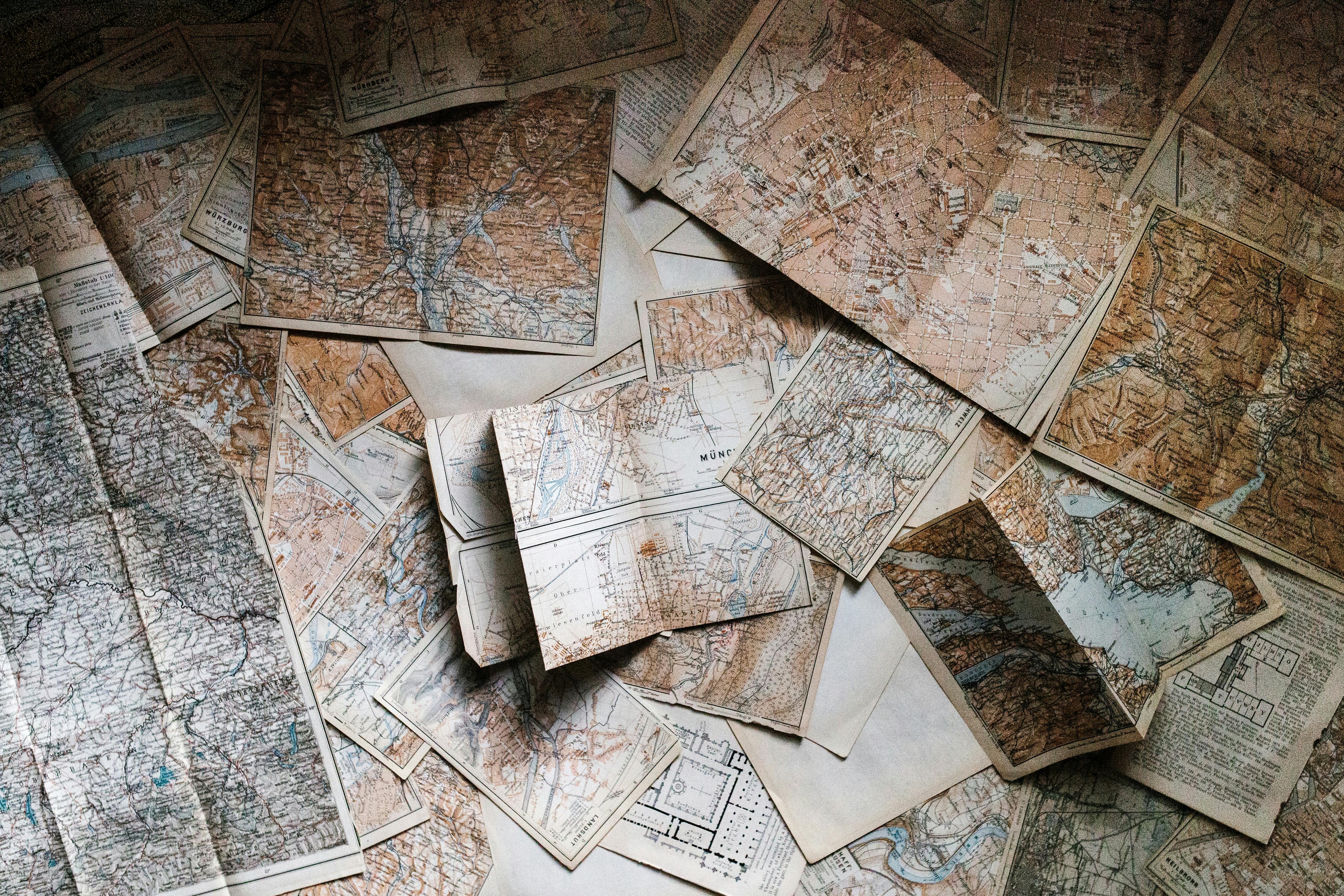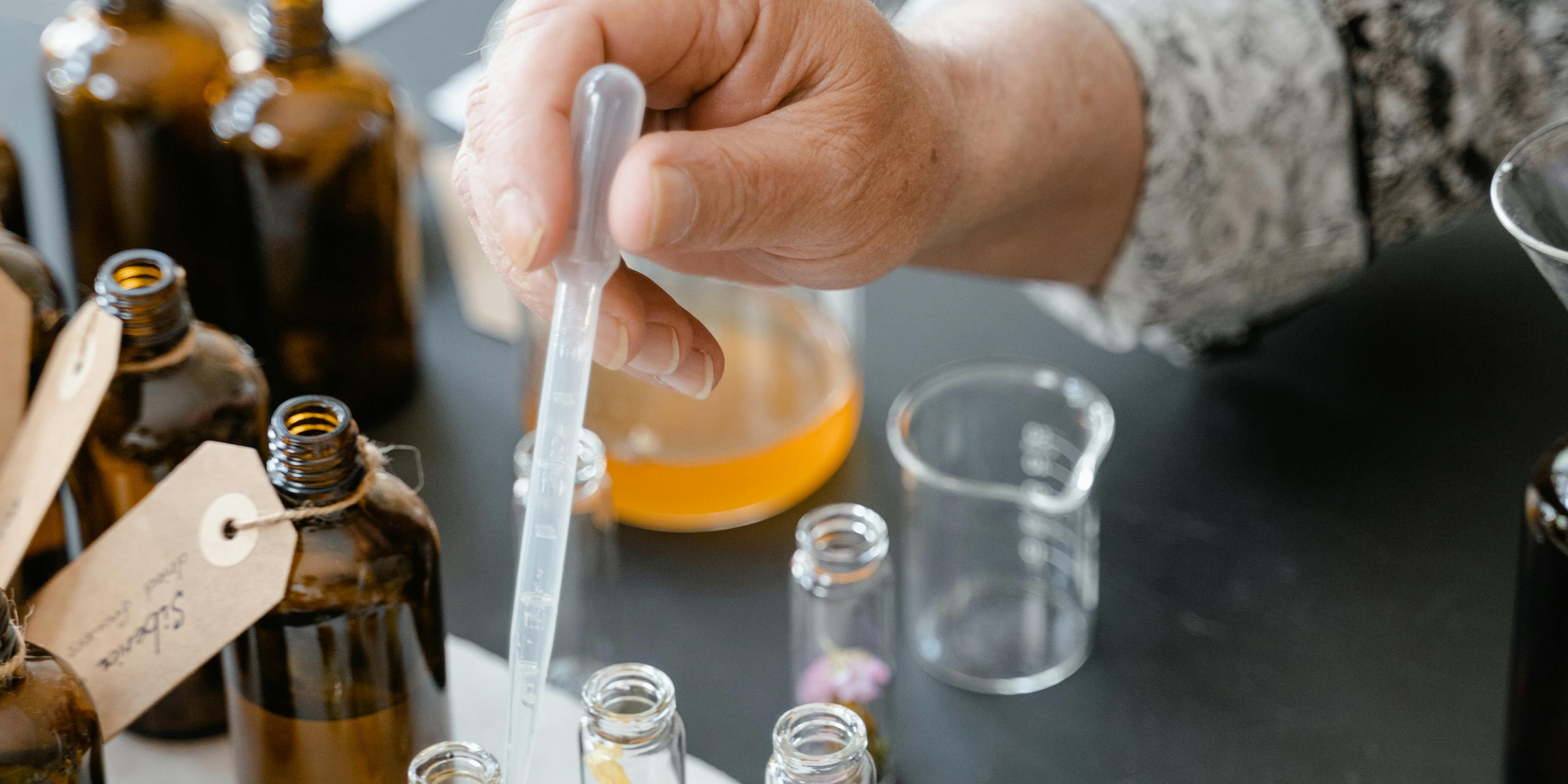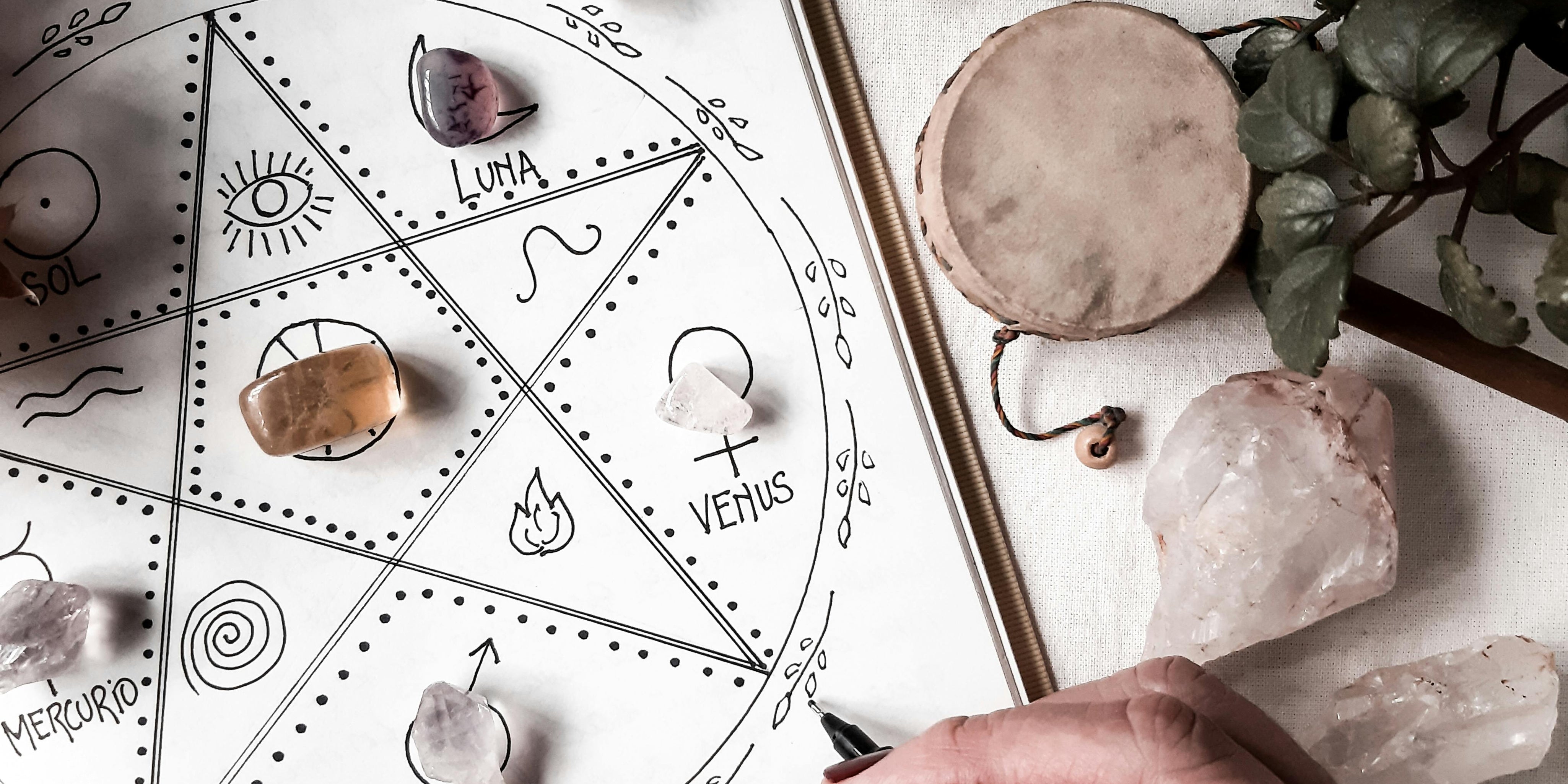Global Fragrance Trends and Cultural Nuances: How the World Wears Perfume
Fragrance is universal—but its meaning shifts across cultures. From Asian perfumes that whisper elegance to the bold oud perfumes of the Middle East, from European luxury fragrances that challenge convention to the tropical Latin American fragrances worn daily, the world of scent reveals not just beauty, but identity.
At Casorro, we believe perfume is more than an accessory—it is a story, a mood, and a reflection of culture. Understanding global fragrance trends 2025 helps us see how scent is shaping individuality, heritage, and luxury around the world.
Korea & East Asia – From Subtle Perfumes to Signature Scents
In Korea and East Asia, perfume culture was once defined by delicate fragrances—clean musks, fruity florals, powdery soap perfumes—designed to stay close to the skin. Perfume was about comfort and courtesy.
But with the rise of niche perfumes in Korea and luxury brands across Asia, tastes are evolving. Consumers now explore bold gourmands, extrait de parfums, and signature blends that reflect personality. Perfume is becoming a personal identity marker, not just a polite accessory.
In Japan, the trend toward minimal, fresh perfumes continues, inspired by harmony with nature. In China, the booming luxury fragrance market prizes heritage storytelling, where high-end perfumes symbolize taste and status.
Europe – Perfume as Lifestyle & Identity
Europe is the home of luxury perfumery. Here, European perfumes are more than products—they are statements of individuality. Consumers lean into complex fragrances built on oud, patchouli, leather, and sandalwood, notes that stir deep emotion.
In France, perfume is celebrated as an art form of luxury fragrances. In Italy and Spain, Mediterranean citrus perfumes and aromatic herbs reflect lifestyle and climate. Across the continent, niche perfume houses thrive because Europeans value originality, daring contrasts, and bold compositions.
For Europeans, perfume is a cultural expression—luxury that challenges the ordinary.
North America – Fragrance as a Mood Shifter
In the United States and Canada, perfume is viewed as a functional accessory—a daily mood-based fragrance. A floral fragrance may suit the office, a woody amber for a night out, a citrus cologne after the gym.
The concept of a fragrance wardrobe thrives here. Consumers mix perfumes, explore layering techniques, and buy fragrance discovery sets to experiment. This adaptability makes North American perfumes versatile and personalized.
For Gen Z and younger millennials, perfume is about emotion: a confidence booster, creativity spark, or mood lifter.
The Middle East – Oud, Amber & Eternal Luxury
No region is as synonymous with perfume as the Middle East. Arabian fragrances—built on oud, amber, rose, musk, and saffron—are woven into daily rituals. Perfume here is not just a luxury but a heritage practice, passed down for centuries.
Consumers in the region prefer intense oud perfumes, amber scents, and concentrated oils, layering them generously for impact. Perfume gifting is a tradition, and longevity is highly valued.
This is why the Middle Eastern perfume market remains a global driver of luxury perfumery.
South Asia – Tradition Meets Modern Perfumery
India and South Asia have one of the oldest perfume heritages in the world. Indian perfumes, natural attars, sandalwood oils, jasmine fragrances, and rose absolutes have been part of cultural and spiritual rituals for centuries.
Today, the region blends tradition with modern luxury. Urban consumers seek international niche perfumes while rediscovering heritage Kannauj attars and sandalwood perfumes. This revival positions South Asia as a hub for authentic, nature-inspired fragrances that appeal globally.
Latin America – Vibrant, Fresh & Everyday
In Latin America, fragrance is part of everyday life. Bright tropical fragrances, fruity perfumes, aquatic colognes, and fresh florals dominate, perfectly suited for warm climates.
In Brazil—the world’s second-largest fragrance market—body mists, fresh colognes, and citrus perfumes are worn daily, often layered to create vibrant, long-lasting trails. Perfume here is social, expressive, and energetic, reflecting the culture’s warmth.
Africa – Tradition & Emerging Luxury
Africa’s olfactory culture is rich, rooted in frankincense, myrrh, Moroccan orange blossom, and shea-based oils. These natural materials hold spiritual and cultural value across the continent.
As luxury perfumery expands, consumers are blending African perfume traditions with contemporary tastes. Demand is rising for authentic perfumes made with heritage ingredients, positioned alongside global luxury fragrances.
Perfume Beyond Climate – Chosen by Emotion
Once, fragrance followed the seasons: light florals for summer, amber perfumes for winter. But today’s perfume trends have shifted. Consumers worldwide choose perfumes based on emotion, identity, and personal storytelling, not the weather.
Someone in humid Singapore may wear a rich vanilla gourmand perfume, while a Canadian in winter may prefer a bright citrus cologne for energy. All-season perfumes and emotional fragrances are redefining the rules.
Global Bestsellers vs. Local Favorites
Globally, the charts show predictable winners: fresh fruity perfumes, polished floral fragrances, and soft musks. They are safe, versatile, and universally appealing.
Yet local favorites are what define fragrance culture: bold oud perfumes in the Middle East, citrus fragrances in Mediterranean Europe, soft musk perfumes in Asia, and layered discovery perfumes in North America. These nuances prove that while fragrance is global, it is deeply personal and cultural.
The Future of Global Perfumery
Looking ahead, three forces shape the future of global fragrance trends:
- Personalization – Perfumes as unique identity markers, aligned with niche perfumery.
- Emotion-driven choices – Mood-based perfumes that reflect feelings, not seasons.
- Cultural revival – Local ingredients and heritage perfumes gaining global recognition.
At Casorro, we celebrate fragrance as art and identity. Perfume is no longer bound by geography—it is bound by emotion, heritage, and individuality.
